
PLEXIGLASS SUPERSTAR
SCULPTURES AND ASSEMBLAGES BY ZAVEN PARÉ
Since it first appeared in the 1960s, plexiglass has not only revolutionised industrial production, but also inspired many artists. A retrospective at MoMA in 2021/22 brought together a large number of them, such as Arman, Fontana, Lichtenstein, Oldenburg, Riley and Soto, all of whom used this material as a support for their works, often in the form of multiples.
For his second solo exhibition in Brussels, Zaven Paré has decided to put the focus on plexiglass works. In four decades, this artist has gone from pioneer in the use of new media to archaeologist of their underlying technology. His artistic creations address the notion of device in a backward reflection, towards the possible origins of the latest high-tech buzz. His assemblages delight us, diving into optics, mechanics, and analogue electronics before the emergence of technological arts with their augmented, virtual, mixed or extended reality, connected objects or online art, already getting supplanted by AI.
Deliberately going against these recent trends, Paré experiments with found objects while having fun, reinventing our world at every turn. He works without recipes and retains a great deal of spontaneity, which for him is an exciting exercise in persistence. Without tiring the viewer, he presents several series of playful compositions.
Hygiaphones (2023-24) – What started out as a brand name then evolved from a proper noun to a common noun, designating a transparent separation device. From one epidemic to another, be it avian flu, AIDS or Covid, hygiaphones aim to protect us from germs and other microbes. Other than a hygienic function, they also serve our imperative need of security, another sign of our times. But these transparent dividers also help us to widen and simplify our field of vision and help us to connect with others. For the artist, all this is the starting point for his captivating creations with laser-cut plexiglass panels tainted in the vivid colours that constantly light up his studio in Rio de Janeiro.
Cyber-Dulie (2022-24) – The bas-reliefs and mobiles, made by assembling plexiglass panels and small, discarded objects, are incomprehensible in their technical function, but appear as relics of an improbable past or future. Their existence responds to a deeply rooted need for belief in our very diverse societies, fulfilling functions of collective identity and security. When designing these false devices, Paré focuses on small details considered to be of formal interest, that can even be venerated, but seem abandoned in an unreachable future. These works are his nod to the cult of dulia, devoted to saints and their statues.
Anaglyphs (2012-22) – Using an optical process first created in the 19th century with images to be viewed through 3D glasses, Paré’s collages on paper or wood are made by superimposing homologous images with complementary colours, representing the same scene from slightly different points of view. With the use of red and cyan filters, the eye only perceives elements of the same colour if the background is black, or of the complementary colour if the background is white. When the two elements are close enough, with only a horizontal shift, the brain interprets them as representing the same object. This new perspective allows us to delve into something new and unexplored. These works, with their nostalgic out-of-phase images, taken by NASA from the surface of Mars and presented in anaglyphic mode, invite us to such a mysterious immersion.
Zaven Paré was born in 1961 in France, where he studied art and literature, followed by postdoctoral research at the Intelligent Robotics Laboratory in Osaka. Since the 1990s he lives and works in Rio de Janeiro, but regularly intervenes throughout the world, often in collaboration with performing arts, such as opera, theatre, dance and music. We are very pleased to welcome him once again in Brussels, thanks to kind support by Galerie Charlot, Paris.
Text: Robert Klotz/Zaven Paré
AVAILABLE WORKS:

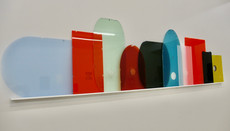



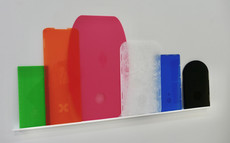

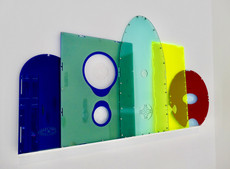





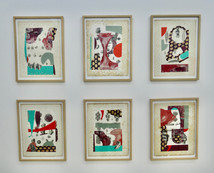



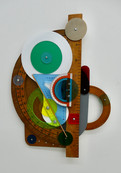

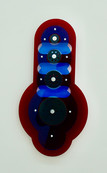

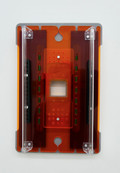

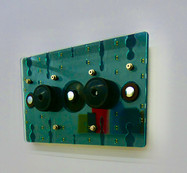

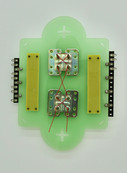



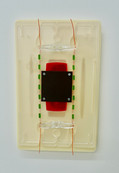





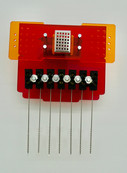



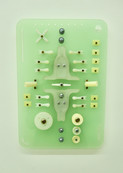

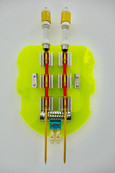

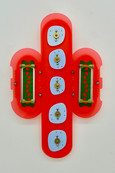

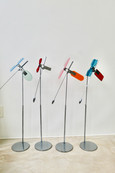
Rivoli Building
Chaussée de Waterloo 690, Brussels, Belgium
